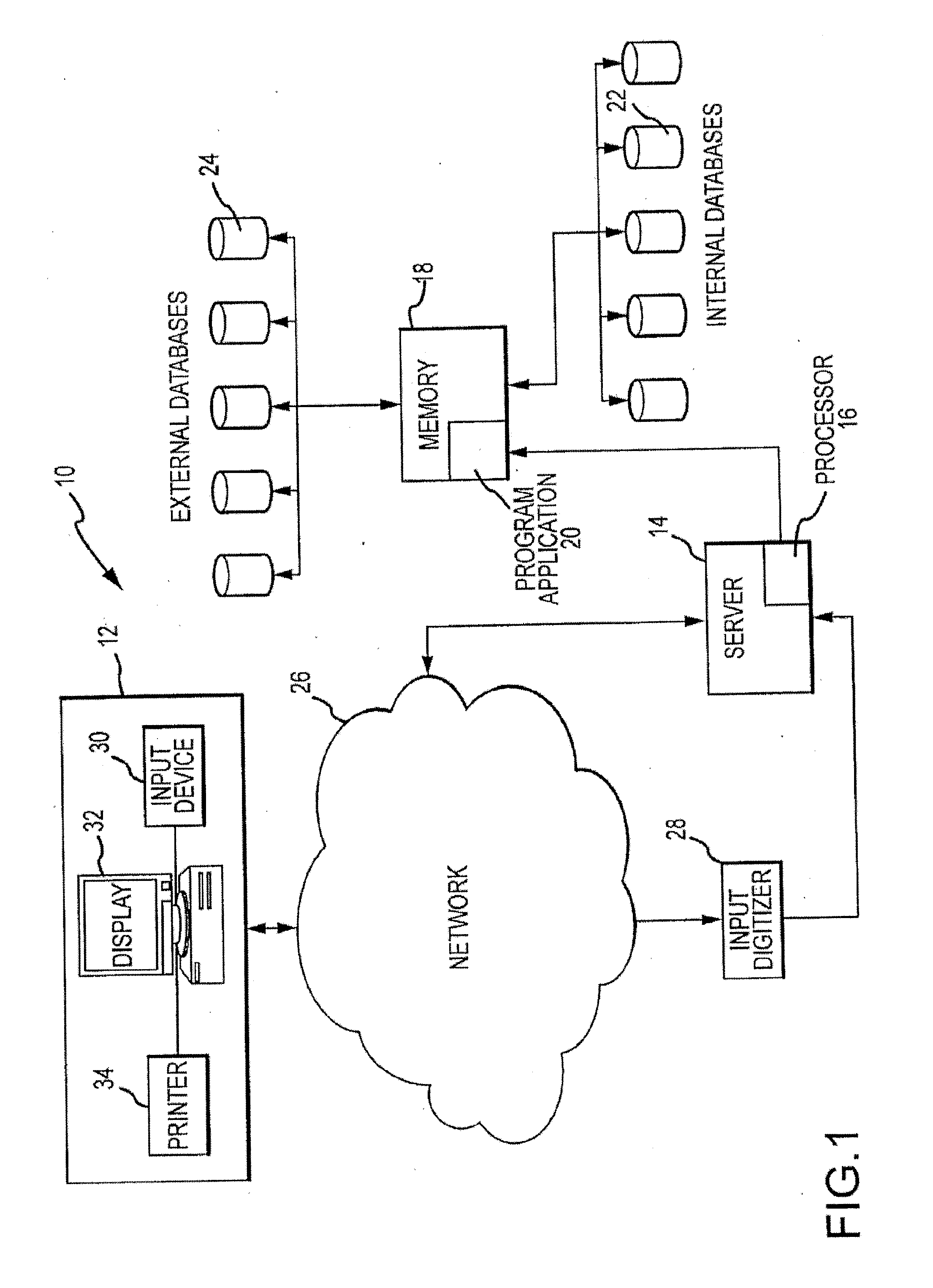Molecular profiling of tumors
a tumor and molecular technology, applied in the field of tumor molecular profiling, can solve the problems of a particular individual's disease specific treatment regimen being overlooked, the majority of patients with metastatic cancer eventually run out of treatment options for their tumors, and the treatment options for that individual are not widely pursued
- Summary
- Abstract
- Description
- Claims
- Application Information
AI Technical Summary
Benefits of technology
Problems solved by technology
Method used
Image
Examples
example 1
IHC and Microarray Testing of Over 500 Patients
[0283]The data reflected in the table depicted in FIGS. 26A-H and FIGS. 27A-27H relates to 544 patients whose diseased tissue underwent IHC testing (FIG. 26) and 540 patients whose diseased tissue underwent gene microarray testing (FIG. 27) in accordance with IHC and microarray testing as previously described above. The patients were all in advanced stages of disease.
[0284]The data show biomarker patterns or biomarker signature sets in a number of tumor types, diseased tissue types, or diseased cells including adipose, adrenal cortex, adrenal gland, adrenal gland—medulla, appendix, bladder, blood vessel, bone, bone cartilage, brain, breast, cartilage, cervix, colon, colon sigmoid, dendritic cells, skeletal muscle, enodmetrium, esophagus, fallopian tube, fibroblast, gallbladder, kidney, larynx, liver, lung, lymph node, melanocytes, mesothelial lining, myoepithelial cells, osteoblasts, ovary, pancreas, parotid, prostate, salivary gland, s...
example 2
IHC Testing of Over 1300 Patients
[0288]FIGS. 28A through 28O represent a table that shows the frequency of a significant change in expression of certain gene expressed proteins by tumor type, i.e. the number of times that a gene expressed protein was flagged as a target by tumor type as being significantly overexpressed by immunohistochemistry analysis. The table also identifies the total number of times an overexpression of any gene expressed protein occurred in a particular tumor type using immunohistochemistry.
[0289]The data reflected in the table depicted in FIGS. 28A through 28O relates to 1392 patients whose diseased tissue underwent IHC testing in accordance with IHC testing as previously described above. The patients were all in advanced stages of disease.
[0290]The data show biomarker patterns or biomarker signature sets in a number of tumor types, diseased tissue types, or diseased cells including accessory, sinuses, middle and inner ear, adrenal glands, appendix, hematopoi...
example 3
Microarray Testing of Over 300 Patients
[0293]FIGS. 30A through 30O represent a table that shows the frequency of a significant change in expression of certain genes by tumor type, i.e. the number of times that a gene was flagged as a target by tumor type as being significantly overexpressed or underexpressed by microarray analysis. The table also identifies the total number of times an overexpression or underexpression of any gene occurred in a particular tumor type using gene microarray analysis.
[0294]The data reflected in the table depicted in FIGS. 30A through 30O relates to 379 patients whose diseased tissue underwent gene microarray testing in accordance microarray testing as previously described above. The patients were all in advanced stages of disease. The data show biomarker patterns or biomarker signature sets in a number of tumor types, diseased tissue types, or diseased cells including accessory, sinuses, middle and inner ear, adrenal glands, anal canal and anus, appendi...
PUM
| Property | Measurement | Unit |
|---|---|---|
| fluorescent in- | aaaaa | aaaaa |
| Ct | aaaaa | aaaaa |
| density | aaaaa | aaaaa |
Abstract
Description
Claims
Application Information
 Login to View More
Login to View More - R&D
- Intellectual Property
- Life Sciences
- Materials
- Tech Scout
- Unparalleled Data Quality
- Higher Quality Content
- 60% Fewer Hallucinations
Browse by: Latest US Patents, China's latest patents, Technical Efficacy Thesaurus, Application Domain, Technology Topic, Popular Technical Reports.
© 2025 PatSnap. All rights reserved.Legal|Privacy policy|Modern Slavery Act Transparency Statement|Sitemap|About US| Contact US: help@patsnap.com



